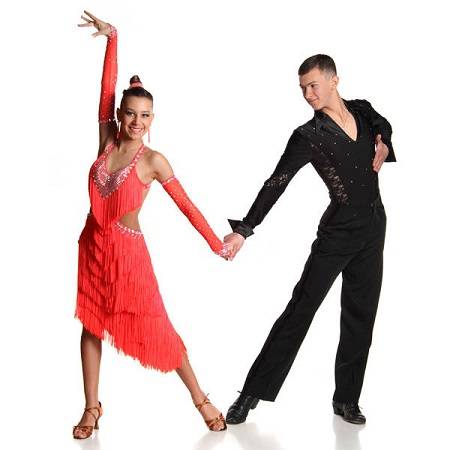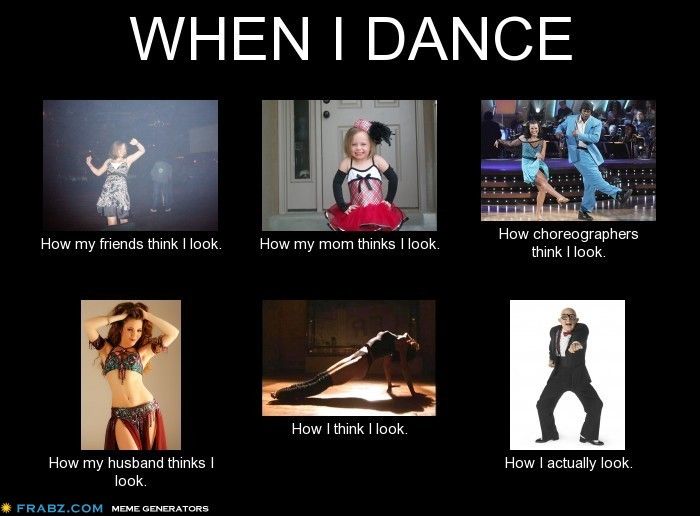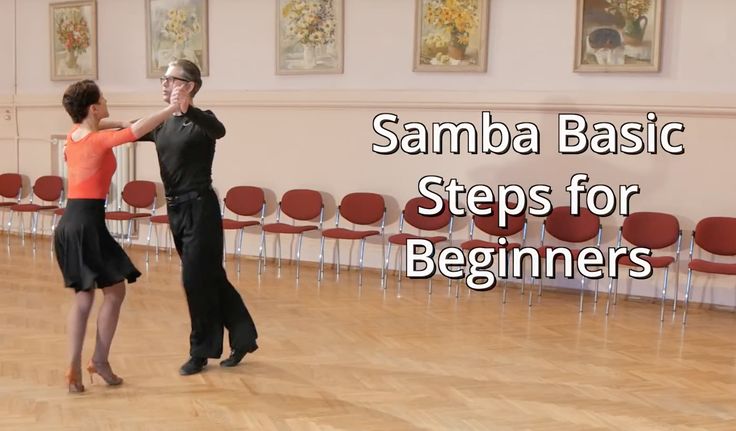How to play dance of the sugar plum fairy
Dance of the Sugar Plum Fairy
Section A: Background
| The instruments played in the "dance of the sugar plum fairy"
|
1. Why did the composer write this piece of music in this way? Think about where they were from (time and place) and the motivation for writing?
During the romantic period, the music style was composed differently in comparison to the music from the classical era. While the Classical era had strict laws of balance and restraint, the Romantic era exhibits music that is more expressive, meaning the composers allowed for artistic freedom, experimentation and creativity. Many romantic composers used elements of folk music to express their cultural identity and nationalism.
The ballet was based on a story called "The Nutcracker and the Mouse King" by a german writer E. T. A. Hoffmann. Which was then adapted by a french writer, Alexandre Dumas later on. The Nutcracker by Tchaikovsky is based on the version of Dumas. Tchaikovsky probably wouldn't have believed that his ballet would one day become an international success, and sadly he did not live long enough to find out.
Tchaikovsky probably composed this piece of music in an expressive way while drawing attention to the melody as it was the dominant feature of the piece. He composed an expressive, vivid piece with the new instrument called a celesta, which gave the special magic in the dance.
2. Where and when was the first performance of this piece? Which families of instruments were written for in the score? List names and pictures of each.
The first performance of this piece was played on the 18th of December 1892 when the Nutcracker Suite was performed for the Russian Musical Society in St. Petersburg at the Imperial Mriinsky Theatre. The string, percussion, woodwind and brass families of instruments were written for in the score, which include, the flute, oboe, cor anglais, clarinet, bass clarinet, bassoon, horns, celesta, violin, viola, cello and double bass.
Petersburg at the Imperial Mriinsky Theatre. The string, percussion, woodwind and brass families of instruments were written for in the score, which include, the flute, oboe, cor anglais, clarinet, bass clarinet, bassoon, horns, celesta, violin, viola, cello and double bass.
Section B: Musical features
1. How did the instruments function within the selected works - discuss melodic, harmonic, textural and timbral features
The instruments in this piece work together to create a pleasing sound. The work begins with an accompaniment with the string orchestra, which supports the celesta melody to create substance in the piece. The melody line played by the celesta from bar 5, is the main theme which is carried out until bar 19. As the audience, we hear the melody line stand out, as it is played with expression and varied dynamics, with the use of chromatic notes too.
Dance of the Sugar Plum Fairy is a combination of a homophonic and polyphonic piece. The song is constantly crescendo and decrescendo. The main melody repeats as well throughout the piece. The tone colour gives off a warm, gentle feeling to it.
The song is constantly crescendo and decrescendo. The main melody repeats as well throughout the piece. The tone colour gives off a warm, gentle feeling to it.
Dance of the Sugar Plum Fairy is very popular. In the beginning of the piece, the music starts out soft with the plucking of strings, and slowly gets louder as the sound of a xylophone comes in with the main melody. As the piece progresses, you can hear strings-most likely violins and cellos-come in and as well as a bassoon or clarinet or bass clarinet.
2. What do you like about the piece? Refer to at least 3 of the elements of music: melody, harmony, rhythm, texture, structure, timbre, expression and dynamics.
Tchaikovsky's famous Dance Of The Sugar Plum Fairy features the sounds of an instrument called a celesta. The celesta is similar in appearance to a piano, but contains metal plates instead of strings. The strings are hit by hammers, producing a very soft, bell-like sound. I particularly liked the use of a celesta and how the rest of the instruments develope around the central melody.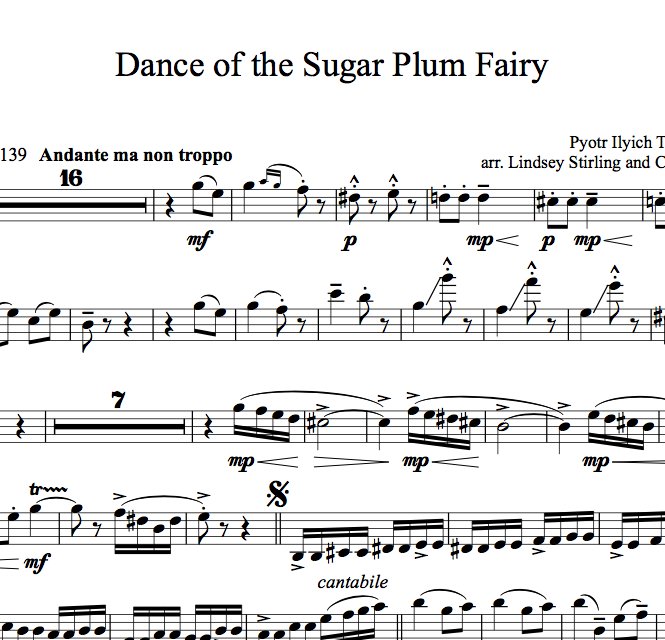
Tchaikovsky was one composer who you could say was really good at “painting with sound” – creating all sorts colours, textures, moods, and landscapes, especially how he structures the music in this way. I really like the use of texture in the music as it is a simplistic piece of music in ternary (ABA) form, that is attempting to convey the delicate and gen tle nature of a fairy.
The melody of the Dance of the Sugar Plum fairy is composed with a very chromatic melody line, meaning the piece features many accidentals. This is very different, as many compositions aren’t composed this way.
Section C: Optional Questions
4. Have there been other versions of this music written or recorded, or combined with other media and how do they differ?
Dance of the Sugar Plum Fairy is an extremely popular piece of music. It has been used in aspects of media specially cartoons and movies for children.
It is often jazzed up for television commercials at Christmas times.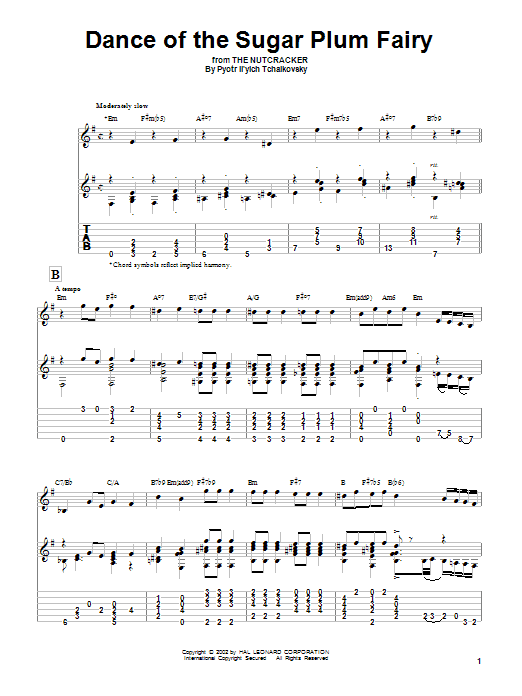
In the first two examples the actual music hasn't changed much just the tempo of it. The music in Barbie is much faster and the music in Fantasia much slower than the original orchestral music. The third example on the other hand is completely different seeing as it is only played with one instrument: Glass Harp.
For example:
Barbie in the Nutcracker Fantasia Glass Harp
5. Why is it so popular
"The Dance of the Sugar Plum Fairy," is famous for three reasons. The first is that the ballet's composer, Peter Tchaikovsky, used an instrument that hadn't been heard in Russia prior to the writing of "The Nutcracker": the celesta. Tchaikovsky had discovered the instrument, on his way through Paris when he was traveling to New York for the opening concerts at Carnegie Hall. The tinkling, crystalline sound of the instrument captured the attention of composers and others who appreciated music, propelling the dance to nearly instant fame. The second reason the music is so famous is because it is usually used in one of the most technically challenging dances in the entire ballet. Everyone looks forward to this dance because they know that, assuming all goes well, it will be an example of amazing dancing. Lastly, for most ballet companies in the United States, producing "The Nutcracker" is an annual Christmas tradition, typically bringing in anywhere from 20 to 40 percent of the year's revenue. The Sugar Plum Fairy, therefore, is one of the most widely seen ballet act and most widely heard piece of music.
The first is that the ballet's composer, Peter Tchaikovsky, used an instrument that hadn't been heard in Russia prior to the writing of "The Nutcracker": the celesta. Tchaikovsky had discovered the instrument, on his way through Paris when he was traveling to New York for the opening concerts at Carnegie Hall. The tinkling, crystalline sound of the instrument captured the attention of composers and others who appreciated music, propelling the dance to nearly instant fame. The second reason the music is so famous is because it is usually used in one of the most technically challenging dances in the entire ballet. Everyone looks forward to this dance because they know that, assuming all goes well, it will be an example of amazing dancing. Lastly, for most ballet companies in the United States, producing "The Nutcracker" is an annual Christmas tradition, typically bringing in anywhere from 20 to 40 percent of the year's revenue. The Sugar Plum Fairy, therefore, is one of the most widely seen ballet act and most widely heard piece of music.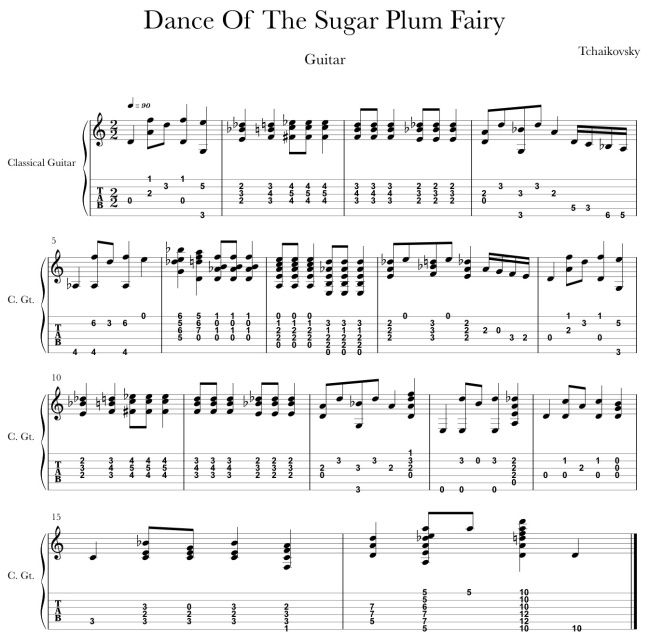
Dance of the Sugar Plum Fairy
Classical Music YouTube Resource > (5) Romantic Period > Peter Tchaikovsky >
| Tchaikovsky was born May 7, 1840 in Votkinsk, Viatka district, Russia. He was born into a family of five brothers and one sister. He began to take piano lessons at four-years-old. He showed remarkable talent and soon surpassed even his teacher’s abilities. At nine-years-old, Tchaikovsky showed severe nervous problems. When he was ten, Tchaikovsky was sent to St. Petersburg to study at the School of Jurisprudence. Tchaikovsky lost his mother in 1854, which dealt a crushing blow on him. In 1859, Tchaikovsky took up a position in the Ministry of Justice, but longed to have a career in music. He began to study in harmony with Zaremba in 1861, and enrolled at the St. Petersburg Conservatory in 1862. He eventually began studying composition with Anton Rubinstein. In 1866, Tchaikovsky relocated to Moscow.
The Dance of the Sugar Plum Fairy is a part of the ballet The Nutcracker. The Nutcracker was composed in 1891-1892. (skanson.
Dance of the Sugar Plum Fairy is very popular. In the beginning of the piece, the music starts out soft with the plucking of strings, and slowly gets louder as the sound of a xylophone comes in with the main melody. As the piece progresses, you can hear strings-most likely violins and cellos-come in and as well as a bassoon or clarinet or bass clarinet.
The song pulls people in, becoming a well known piece. Dance of the Sugar Plum Fairy is in the second act of The Nutcracker play. The song gives the listener the urge to dance to the piece. The song is a must listen to at the holidays.
|
"Dance of the Dragee Fairy" from Tchaikovsky's ballet "The Nutcracker"
"Dance of the Dragee Fairy"It is difficult to imagine the New Year period without music from Tchaikovsky's ballet "The Nutcracker". Whatever fragment you choose, you will almost certainly hit. Whether it's a march, Waltz of snowflakes or Waltz of flowers, Chinese dance or Trepak. But still, the Dance of the Dragee Fairy occupies a special place.
When a crystal melody is heard, one wants to slow down the breath a little and make it quieter. If only by all means to keep the atmosphere of magic and not frighten her away. In one popular advertisement, red and yellow chocolate jelly beans tiptoe to the fireplace at night to catch Santa Claus. This is a foretaste of meeting with the holiday, when the gifts have not yet been opened. Similar feelings are given by the Dance of the Fairy Dragee.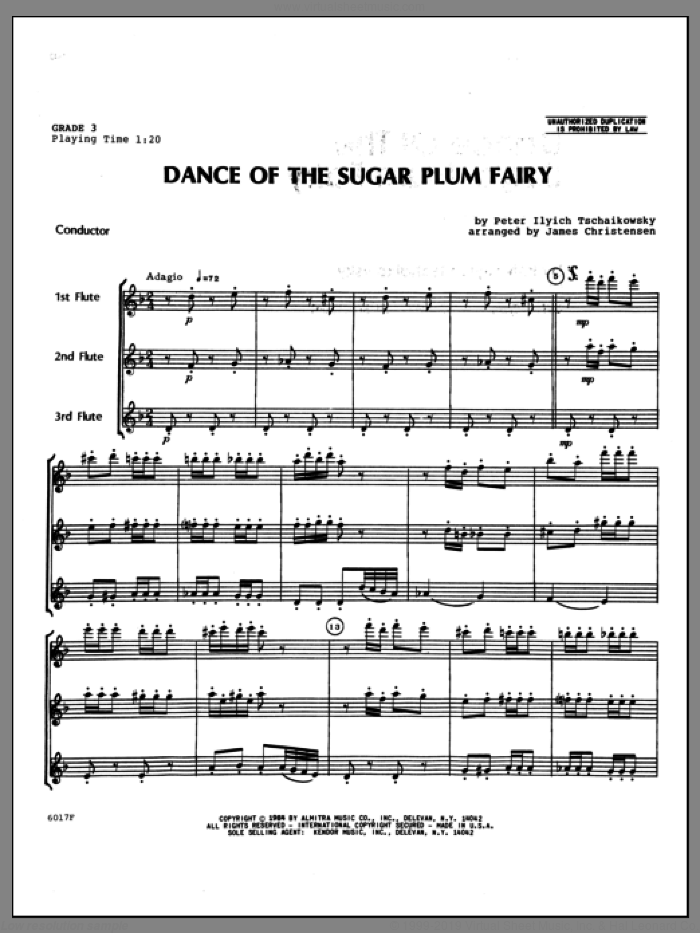
Pyotr Ilyich created The Nutcracker almost in pain. In the letters he complains that nothing sensible comes out. And the plot itself seems to the composer frivolous and too childish.
Get rid of the ballet - that's what the classic wanted! It is impossible to get distracted and find inspiration even in France. However, the spring trip of 1891 was fateful, without it, no Dance of the Pellet Fairy would have happened. It was in Paris that Tchaikovsky heard the sound of the instrument that was to become the main character at the upcoming premiere.
“I discovered in Paris a new orchestral instrument with a divinely wonderful sound… I would like it not to be shown to anyone”,
— the composer writes to the music publisher Petr Ivanovich Yurgenson, who soon ordered this instrument from the capital of France. But Tchaikovsky is relentless:
"For God's sake, keep in mind that no one but me should hear the sounds of this wonderful instrument.
"
The regime of secrecy was justified: what if Rimsky-Korsakov or Glazunov find out about the instrument! In a word, almost an arms race, but in an orchestra.
On the premiere day in December 1892, St. Petersburg gathers at the Mariinsky Theater to see a Christmas performance. Tchaikovsky himself looked at the stage with difficulty: the costumes and scenery seemed clumsy to the composer. He also worried about the music, which critics will react ambiguously. But the former at the premiere remembered the sound of the secret instrument for sure.
The Nutcracker ballet - the history of creation and performances
Closer to the climax of the ballet, the Dance of the Dragee Fairy begins, and the audience is perplexed, because no one has heard such a sound before.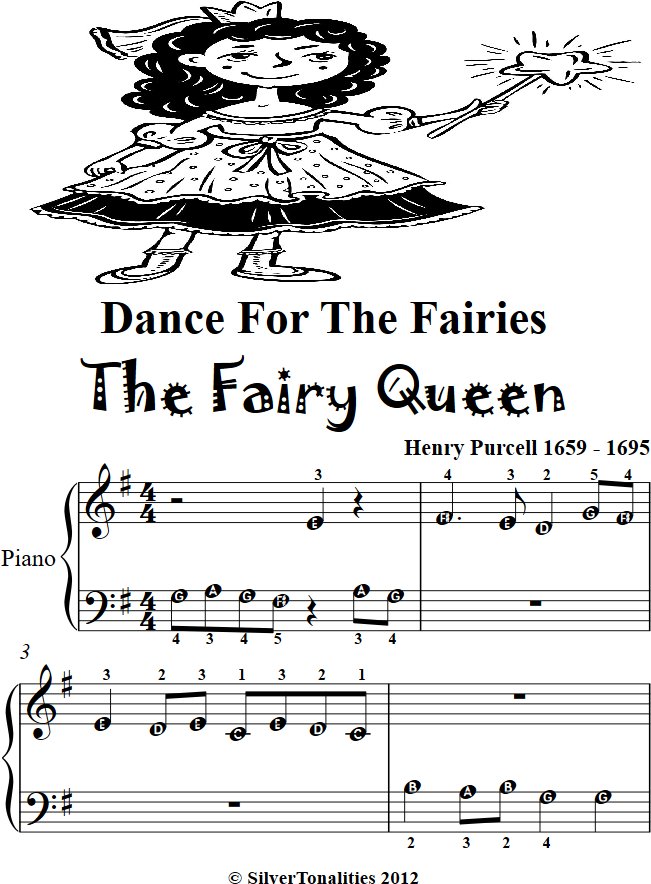 In the orchestra pit is a wooden box that looks like a small piano, which makes amazing sounds of crystal chime. It was a heavenly and delicate celesta - a keyboard instrument with metal plates. Celesta became the main character that evening.
In the orchestra pit is a wooden box that looks like a small piano, which makes amazing sounds of crystal chime. It was a heavenly and delicate celesta - a keyboard instrument with metal plates. Celesta became the main character that evening.
Tchaikovsky won the arms race and linked the celesta forever with a halo of celebration and magic.
As is well known, in the very first production of The Nutcracker (1892), after all the repetitive and battles with mice, as well as overcoming the snow-covered forest, Clara and the prince found themselves in the realm of sweets - Confiturenburg, where fountains of currant syrup and lemonade beat, and They were greeted by the Dragee Fairy (the mistress of Confiturenburg), Prince Whooping cough (her cavalier), as well as various sweets - sweets, petit fours, macaroons, etc.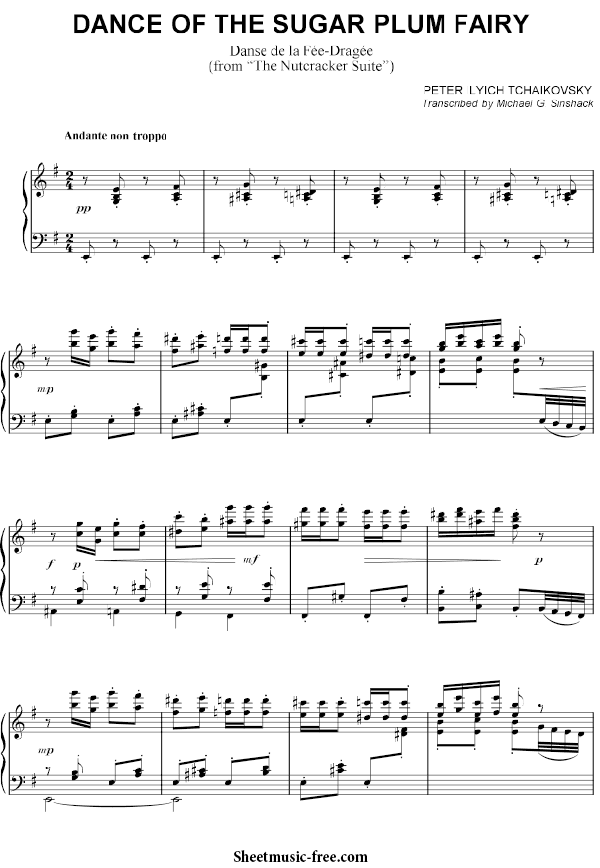 Hoffmann had a similar magical land, where Konfetenburg (-hausen) appears, and Dumas père (where there is Varenenburg).
Hoffmann had a similar magical land, where Konfetenburg (-hausen) appears, and Dumas père (where there is Varenenburg).
In the end, it was the Dragee Fairy and Prince Whooping Cough who closed the ballet - at the end they performed the pas de deux. It is danced by Masha and the Nutcracker Prince in modern Russian productions.
However, neither Hoffmann nor Dumas have any Fairy Dragees. Where did she come from and why does she have such a name? Why weren't some von Warenenburg sisters greeted Clara and the prince, as in Dumas' arrangement, for example?
The Nutcracker and its author: facts not too well known, but remarkable
One of the aspects of the answer is obvious - we just needed a spectacular, including a duet, number for a foreign ballerina-star and a partner, because before that there was not a single classical dance in the performance (the first act is mainly pantomime, the second is a divertissement from characteristic dances). This number did not correlate in any way with the plot, and this was one of the points for which the first "Nutcracker" was criticized, and which, among other things, prevented Lev Ivanov and Pyotr Tchaikovsky from fully relating the music and choreography.
This number did not correlate in any way with the plot, and this was one of the points for which the first "Nutcracker" was criticized, and which, among other things, prevented Lev Ivanov and Pyotr Tchaikovsky from fully relating the music and choreography.
At the premiere, the Dragee Fairy was danced by Italian Antonietta Del'Era. The public was looking forward to her release - she had already come to Russia at the end of 1886-1887, and her dances received many laudatory reviews. Then, however, she limited herself to the scenes of private theaters, but the second entry - immediately to the Mariinsky Theater - seriously provoked the St. Petersburg balletomanes.
Del'Era was a virtuoso ballerina who was remembered for her 16th fouette (at that time no one else was doing it on the Russian stage), as well as for her pointe technique - she could stand on the toe of one foot in attitude for many seconds with virtually no support from her partner .
Antonietta Del'Era That is, it doesn't make much sense at first glance.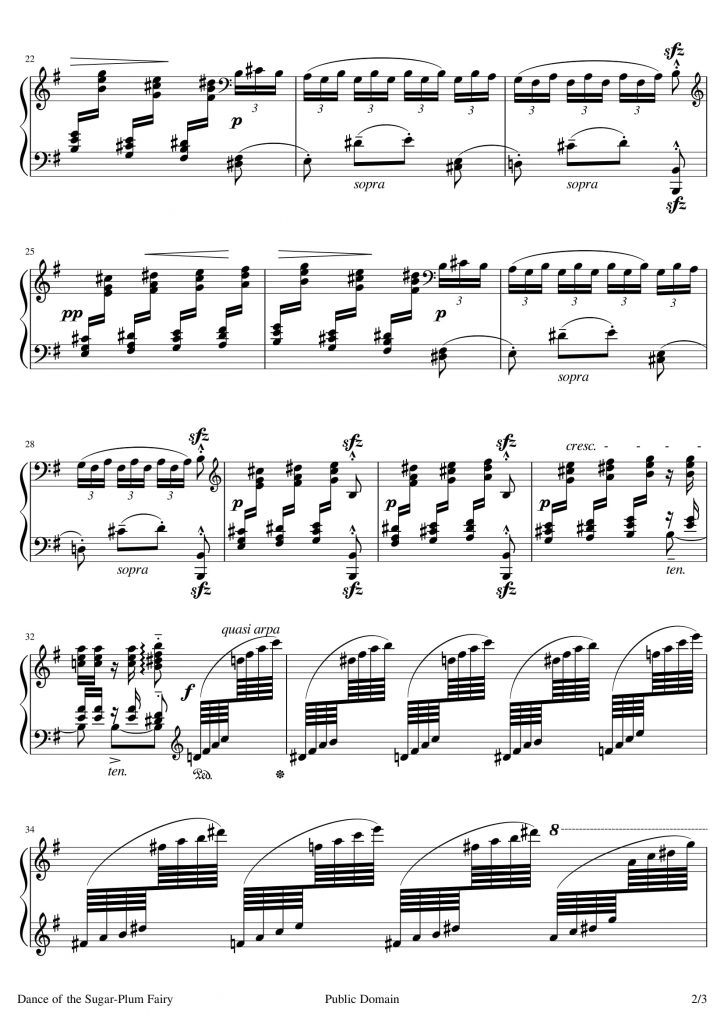 More precisely, it is purely practical - you just had to bring in a star ballerina to demonstrate her brilliant technical capabilities, which has already been done more than once in relation to other Italian ballerinas, who were much stronger in technical terms than domestic ballerinas. Not particularly at the same time correlating the invented choreography with the music and the plot. The solution is rather artificial.
More precisely, it is purely practical - you just had to bring in a star ballerina to demonstrate her brilliant technical capabilities, which has already been done more than once in relation to other Italian ballerinas, who were much stronger in technical terms than domestic ballerinas. Not particularly at the same time correlating the invented choreography with the music and the plot. The solution is rather artificial.
But why give the heroine the name Dragee? Firstly, obviously in order to continue the “sweet” logic of the second act. Second…
On January 30, 1934, the very first performance of The Nutcracker in the West took place at the Sadler's Wells Theater in London. According to the poster, Sugar Plum Fairy danced in the pas de deux - that is, literally translated, the Sugar Plum Fairy (danced by Alicia Markova). And to this day in many Western productions (USA, UK) you will see this name on the posters. That is, the Fairy Dragee was renamed in the West. Or not? And what about plums?
Sugar Plum (sugar plum) is an obsolete term used in 17-19century in English precisely to refer to what we call “draggers” - small round (or oval) sweets.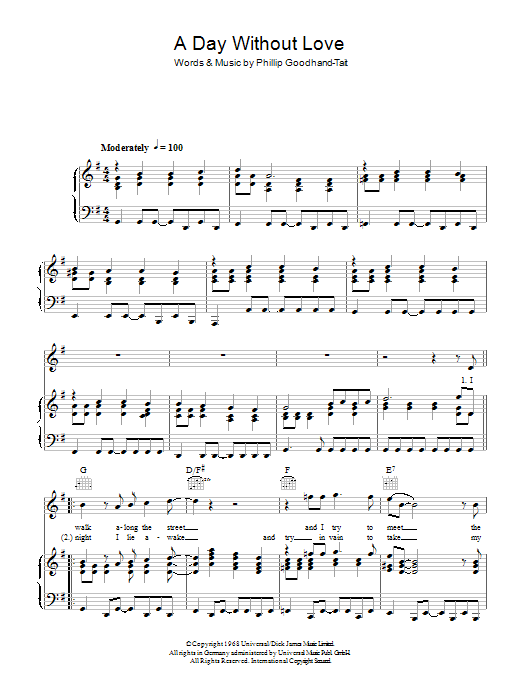 And these sweets could not necessarily be plum - just in ancient times they were quite large and resembled the shape and size of a plum.
And these sweets could not necessarily be plum - just in ancient times they were quite large and resembled the shape and size of a plum.
Therefore, there are no discrepancies between our Dragee Fairy and its American-English analogue - we are talking about dragees, not plums.
But the term Sugar Plum is not limited to sweet overtones and has many other meanings. In addition to the actual “sugar plum” and “jelly beans”, these are:
- Flattery. There was such an expression: “Your mouth is full of sugar plums”, meaning the flattery of the interlocutor.
- Bribe. The expression “To fill someone else's mouth with sugar plum” meant “to give a bribe”.
- In the 18th century, Sugar Plum was a slang term for 100 pounds. a lot of money. Someone who was rich was called a "plum".
- Later, in the 19th century, "sugar plum" denoted a particularly desired thing, a prize, a place of work or a successful appointment.
- Finally, seeing the dragee fairy dancing meant a happy dream.
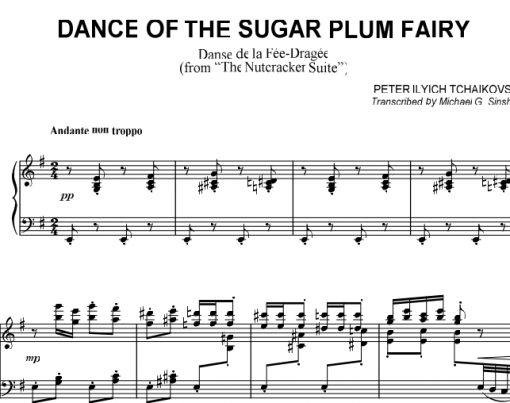
Thus, in Clement Clarke Moore's 1823 poem "The Night Before Christmas" there are lines:
The children were nestled all snug in their beds translate: The children were carefully placed in their beds while visions of sugar plums danced in their thoughts.
Literary translation:
…Children in their beds are like birds in a nest.
Close your eyes. Lie down on pillows.
They dream of sweets…So, we can conclude that sugar plum in particular is a kind of generalized synonym for something desired.
The presence of a fairy in a ballet was not something special for those times - what are only 6 fairies in Sleeping Beauty staged 2 years before The Nutcracker. But exactly what the creators of The Nutcracker had in mind when introducing this character into the ballet will remain a mystery, unless one finds some exact, documentary evidence of the authors of the libretto (either Marius Petipa, or Ivan Vsevolozhsky, or both) about their idea.
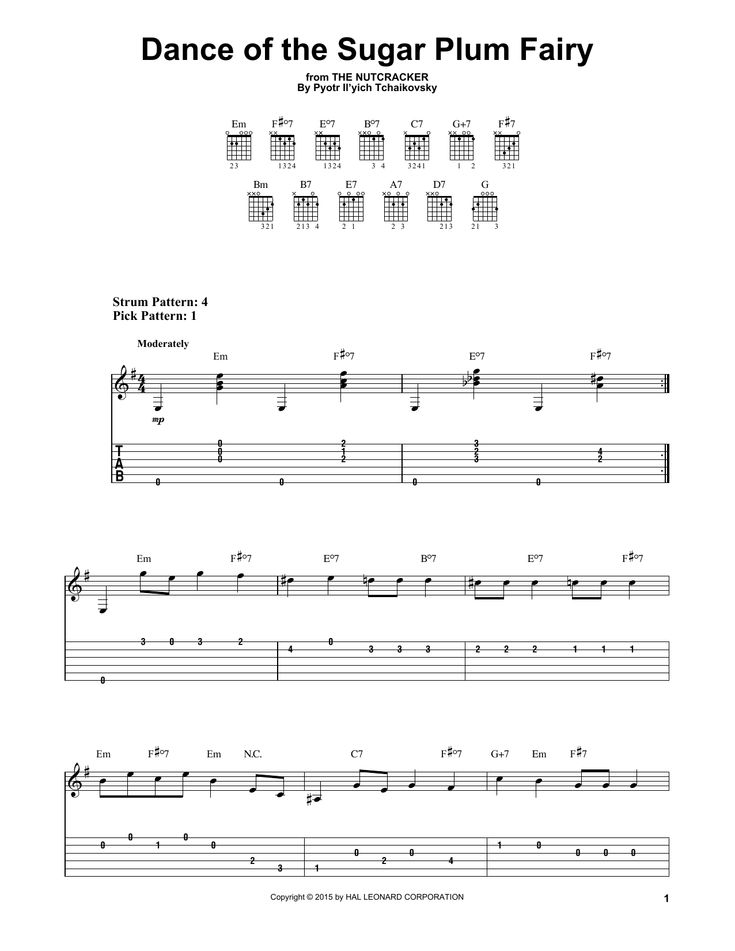
One could probably say that this is a symbol of Clara’s (Marie) happy dream, if not for one “but” - neither the libretto of the original production, nor both choreographers’ plans, nor the violin tutors, nor the well-known descriptions of Ivanov’s first production contain an indication to the fact that Clara is sleeping, and the journey to Confiturenburg is a dream. That is, as in Hoffmann, reality intertwined with the fictional world there.
The Pellet Fairy disappeared from Russian productions in 1924 (not entirely, but more on that later), when Lev Ivanov's original left the stage. At 19In 1919, Alexander Gorsky staged his The Nutcracker at the Bolshoi Theatre. His main character was again called Clara, and her party combined both the party of little Clara and the classical dances of the Dragee Fairy from Ivanov's original production. It was Clara who danced the adagio with the Nutcracker (which, in turn, was joined by the part of Prince Whooping Cough), and then the variations.
That is, Gorsky became the first choreographer who led Clara through the entire performance.
As for the name Masha, it appears for the first time in The Nutcracker by Fyodor Lopukhov 1929 years old
A fairy tale told at night
But the Sugar Plum Fairy has taken root in Anglo-Saxon productions. That was the name of the heroine who danced the pas de deux, both in 1934 in the production of Sadler’s Wells, and in 1944 in San Francisco (the first Nutcracker in the USA), and in February 1954 in the famous production of New York City Balle by George Balanchine. That is also the name of Peter Wright, whose production is at the Covent Garden Theatre.
In many European countries, she is called either the “sugar fairy” (“Tanz der Zuckerfee” in Germany and Austria, “Danza del Hada de Azúcar” in Spain and Latin American countries, “Dança da Fada Açucarada” in Portugal and Brazil ), or, again, the Dragee Fairy (“Danza della Fata Confetto” in Italy, “Danse de la Fée Dragée” in France).

Based on the materials of radio “Orpheus” and “About ballet and not only”
On this topic:
About the ballet “The Nutcracker”. Part 5. Sugar Plum Fairy - who, what and why
Continued.
See beginning
About the ballet The Nutcracker. Part 1. From Hoffmann to Petipa and Tchaikovsky
About the ballet The Nutcracker. Part 2. Surprises by Tchaikovsky
About the ballet The Nutcracker. Part 3. Outlandish celesta
About the ballet The Nutcracker. Part 4. Dragee fairy dress
**
During the 125 years of its existence, Tchaikovsky's The Nutcracker has probably bypassed all ballet scenes in the world. The richness of the musical score and the branching of the plot of Hoffmann's fairy tale allows directors and choreographers to reflect their vision in the performance. By making changes to the libretto, many of them are trying to make the production different and memorable.Now I am not talking about cases of radical reshaping of the plot, but even in the most classic versions of the performance there are discrepancies.
**
Photo from the site of the Krasnoyarsk State Opera and Ballet Theater (staged in 2008).
**
This applies not only to the dance, but also to the names of the characters.
Hoffmann's main character is called Marichen and her favorite doll is Clara. In the original version of the ballet, the heroine was renamed Marie , later the name Clara began to appear. The latter can be understood - adventures in the toy world are, as it were, delegated to the doll, this is a completely natural decision.
The beginning of the First World War (1914) was marked by the growth of patriotic sentiments in Russia, and the plot of the ballet became Russified. The main character began to be called Masha . On the Russian stage, this tradition is still valid.
Much less clear to the Russian audience is the transformation of the name of another of the iconic characters of the performance - fairy Dragee .In foreign productions, she is called Sugar Plum Fairy ( Sugar Plum Fairy ). In the West, the term Sugar Plum is usually perceived without hesitation - as a proper name. Many even at a tender age get used to this name, listening to "old" nursery rhymes, in which, for example, sleep is considered happy if you dream of dancing "sugar plums".0122 [ e.g. ] For example, a couplet from Clement S. Moore's poem "The Visit of Saint Nicholas" (1823), better known as "The Night Before Christmas":
"The children were nestled all snug in their beds,
While visions of sugar-plums danced in their heads."
(Children lay down in their cozy beds,
and visions of sugar plums danced in their thoughts).
**
Well, what kind of happiness is this - "sugar plum"? Prunes? Plums boiled in sugar syrup? Or just sprinkled with sugar?
And imagine our surprise when it turns out that they are not even plums at all.. Moreover, they do not contain any parts of plums in any form..
The Oxford English Dictionary qualifies the term Sugar Plum as obsolete, so it is . The term was widely used in the English language from the 17th to the 19th centuries, as a name for what is now called .. dragee. Sweets of small size, spherical or oval in shape with a core covered with several layers of sugar icing.
So our domestic fairy Dragee is exactly what she should be!
**
Dragee is not considered a serious candy these days. However, its history is long.
Dragee appeared in Ancient Babylon, when anise, cumin and coriander grains were invented to be poured with honey syrup. In medieval Europe, they began to cover almonds with syrup, inventing nut dragees. Since the end of the 18th century, cranberries in sugar have become a Russian national delicacy - the prototype of dragee with candied fruits, dried berries and fruits. At the same time, the French kings invented dragees in chocolate icing, for which any core is good.
Before applying each next layer of glaze, the previous one had to harden, moreover, while maintaining the spherical shape of the candy.To do this, mechanically or manually rotated trays were used in ovens that maintain a certain temperature.
Making dragees in a artisan workshop was one of the most difficult and tedious techniques, requiring specialized equipment, careful temperature control and experience. Depending on the size of the finished product, one batch could take several days. It was not so easy to make these sweets at one time. Before the advent of modern machines, dragees or Sugar Plums were a luxury item, more likely to be found in the pockets of aristocrats or at expensive receptions. So many children had to be content not with sweets, but with dreams about them.
**
So many things become clear, but what about plums?
The same Oxford Dictionary gives some clues. For example, candy originally may have been sized and shaped like a real plum.
When the term Sugar Plum came into use in the 1600s, it had other meanings that had nothing to do with food.
"The mouth was full of sweet plums" - you say sweet, but possibly false words.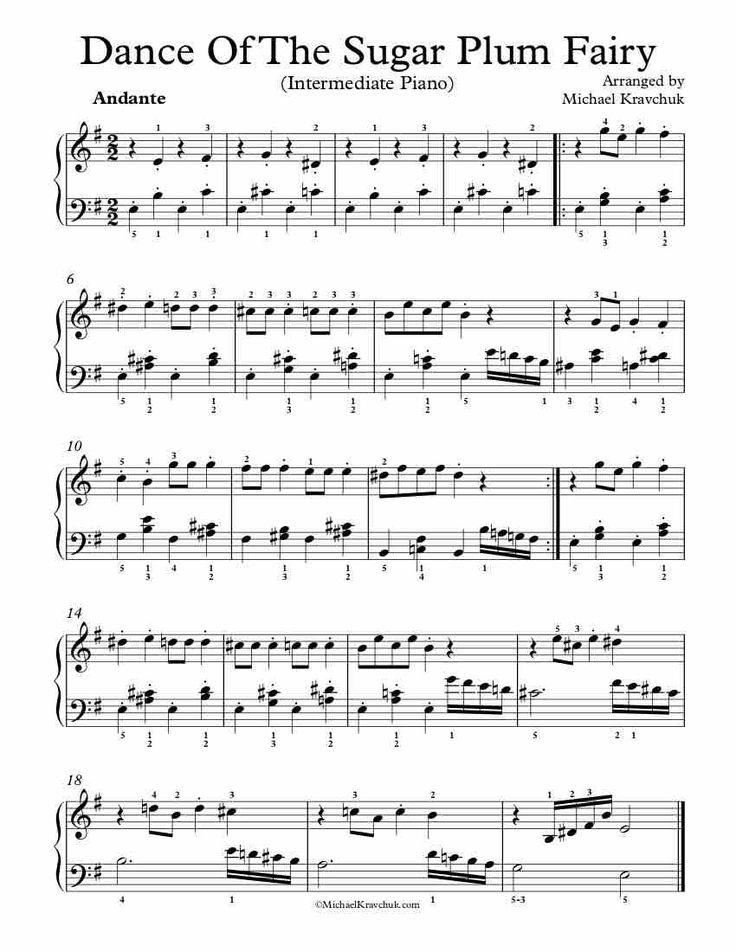
If you "filled someone else's mouth with sugar plum", then this is a handout or a bribe.
In the 18th century, British slang for a plum is a term for 100 pounds, or a large pile of money. And the one who was rich could be called a plum.
By the nineteenth century, the plum had come to mean the possession of a particularly coveted item, prize, job, or appointment.
So the plum is not only a fruit. It can mean a lot of valuable and desirable things!
And now everything that has been said finally explains another incomprehensible moment in our theatrical history - the peculiarities of the state structure in the magical Konfiturenburg. Why are such subjects as precious Marzipan, Chocolate, Arabic coffee and Chinese tea, in the absence of the prince, ruled by some kind of pea of Dragee? Indeed, in the time of Tchaikovsky, the name Sugar Plum was not only the name of a certain type of sweets, but also a universal concept that meant many desired things..
**
In today's world culture, Sugar Plum is closely associated with Christmas.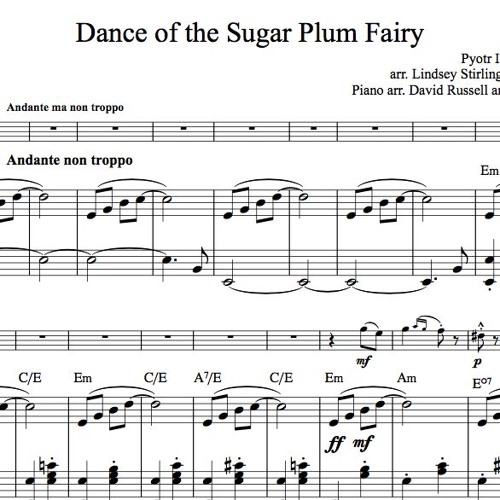
 He shortly turned out his first symphony after he accepted a professorship of harmony at the new conservatory. He, however, suffered a nervous breakdown during its composition. His opera The Voyevoda came in 1867-1868. His opera The Oprichnik was started in 1870. In 1876, Tchaikovsky went to Paris with his brother and then visited Bayreuth- where he met Liszt, but was snubbed by Wagner. By 1877, Tchaikovsky was an established composer. He, despite being homosexual, married Antonina Ivanovna Milyukova-who was an obsessive admirer. Their union lasted just months. Tchaikovsky attempted suicide during this time as well. Near the end of the year, Nadezhda von Meck, a woman who he never met, became his patron and frequent correspondent. He continued to study abroad in the 1880s. Tchaikovsky died on November 6, 1893, in St. Petersburg, Russia. (allmusic.com)
He shortly turned out his first symphony after he accepted a professorship of harmony at the new conservatory. He, however, suffered a nervous breakdown during its composition. His opera The Voyevoda came in 1867-1868. His opera The Oprichnik was started in 1870. In 1876, Tchaikovsky went to Paris with his brother and then visited Bayreuth- where he met Liszt, but was snubbed by Wagner. By 1877, Tchaikovsky was an established composer. He, despite being homosexual, married Antonina Ivanovna Milyukova-who was an obsessive admirer. Their union lasted just months. Tchaikovsky attempted suicide during this time as well. Near the end of the year, Nadezhda von Meck, a woman who he never met, became his patron and frequent correspondent. He continued to study abroad in the 1880s. Tchaikovsky died on November 6, 1893, in St. Petersburg, Russia. (allmusic.com)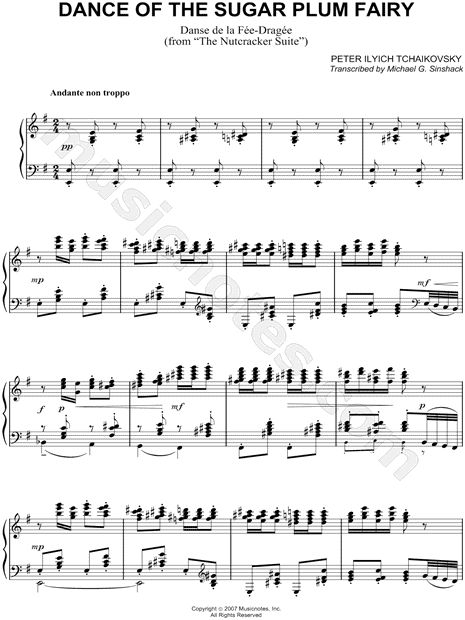 com) The Nutcracker was originally composed for the celesta, a keyboard bell-like instrument. (glassarmonica.com) The Dance of the Sugar Plum Fairy is a homophonic piece. The song is constantly crescendo and decrescendo. The main melody repeats as well. The tone color gives off a warm, gentle feeling to it.
com) The Nutcracker was originally composed for the celesta, a keyboard bell-like instrument. (glassarmonica.com) The Dance of the Sugar Plum Fairy is a homophonic piece. The song is constantly crescendo and decrescendo. The main melody repeats as well. The tone color gives off a warm, gentle feeling to it.


